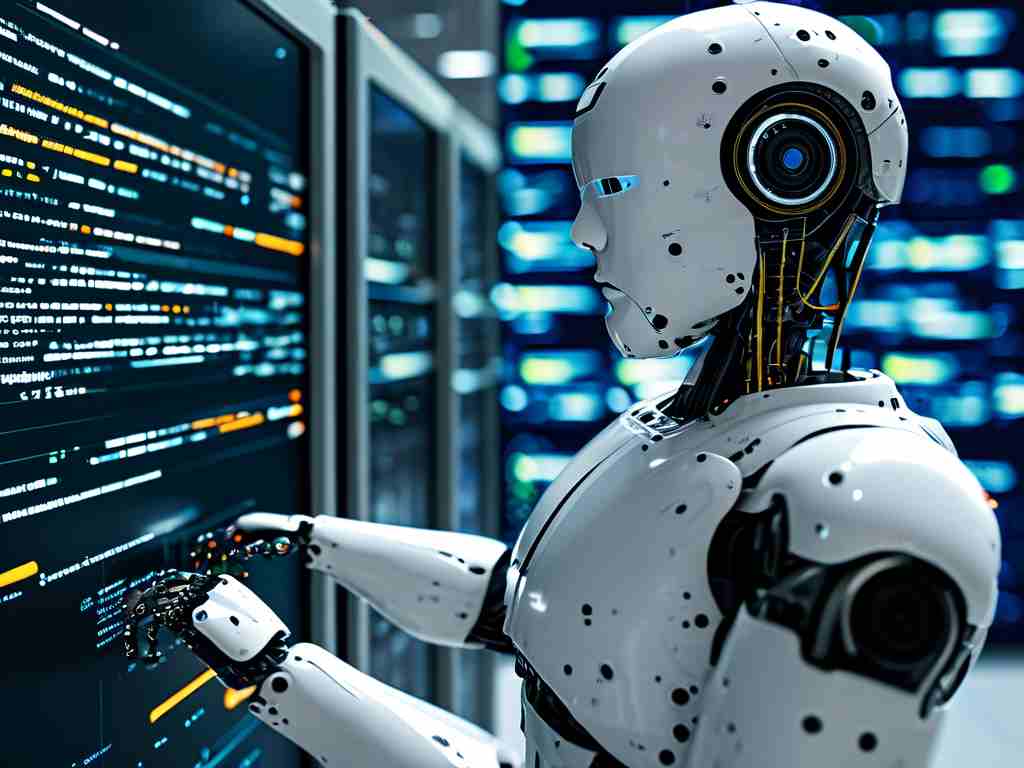The realms of quantum theory and modern information technology represent two pillars of contemporary scientific and technological progress. While both fields have revolutionized human understanding and capability, their principles, objectives, and applications differ profoundly. This article explores these distinctions, shedding light on how quantum mechanics underpins theoretical frameworks, while information technology drives practical innovation.

Foundations: Quantum Theory as a Scientific Paradigm
Quantum theory, born in the early 20th century, emerged from efforts to explain phenomena at atomic and subatomic scales. Pioneered by figures like Max Planck, Niels Bohr, and Werner Heisenberg, it introduced concepts such as superposition, entanglement, and wave-particle duality. These ideas challenged classical physics, suggesting that particles exist in probabilistic states until observed and that measurement itself influences outcomes. Quantum mechanics is fundamentally a descriptive science-it seeks to model and predict natural behavior, often through mathematical abstractions like Schrödinger's equation.
In contrast, modern information technology (IT) is an applied discipline rooted in engineering and computer science. It focuses on designing systems to store, process, and transmit data efficiently. From silicon-based semiconductors to cloud computing architectures, IT relies on classical physics and Boolean logic. Its evolution-marked by Moore's Law and the rise of the internet-has been driven by pragmatic goals: faster processors, larger storage capacities, and seamless connectivity.
Core Differences in Principles and Applications
-
Theoretical vs. Practical Orientation Quantum theory grapples with questions about the nature of reality, such as "What is the fundamental fabric of the universe?" Its experiments, like double-slit setups or quantum teleportation, often prioritize understanding over utility. Conversely, IT addresses problems like "How can we optimize data encryption?" or "What algorithms improve machine learning?" Its innovations-such as 5G networks or blockchain-are judged by functionality and market viability.
-
Scale and Measurement Quantum phenomena operate at nanoscopic scales, where traditional laws of physics break down. For instance, quantum entanglement allows particles to correlate instantaneously across vast distances-a phenomenon Einstein called "spooky action at a distance." Modern IT, however, functions at macroscopic or human-centric scales. A smartphone's processor, while miniaturized, still relies on classical electron flow through transistors.
-
Uncertainty vs. Determinism Heisenberg's uncertainty principle asserts that certain pairs of properties (e.g., position and momentum) cannot be simultaneously measured precisely. This indeterminacy is intrinsic to quantum systems. IT systems, by contrast, thrive on determinism. A computer program executes predictable operations: if "x = 5," then "x + 1" will always yield "6." Errors in IT typically stem from flawed design or external interference, not inherent uncertainty.
-
Technological Maturity Quantum technologies, such as quantum computing or quantum cryptography, remain largely experimental. IBM's quantum processors and Google's quantum supremacy claims highlight progress, but practical applications are nascent. Modern IT, however, is deeply entrenched in daily life. From social media algorithms to AI-driven healthcare, its tools are ubiquitous and refined through decades of iteration.
Intersections and Collaborative Potential
Despite their differences, quantum theory and IT increasingly intersect. Quantum computing promises to solve problems intractable for classical computers, such as simulating molecular interactions for drug discovery. Quantum cryptography could revolutionize data security by leveraging entanglement to detect eavesdropping. Conversely, IT advancements enable quantum research-supercomputers model quantum systems, while machine learning optimizes quantum experiments.
Philosophical and Ethical Implications
Quantum theory forces a reevaluation of epistemological assumptions. If reality is probabilistic, what does this mean for free will or causality? IT raises ethical dilemmas tied to privacy, AI autonomy, and digital inequality. These fields thus challenge humanity in complementary ways: one deconstructs the nature of existence, while the other reshapes societal infrastructure.
Future Trajectories
The future may see quantum principles embedded into IT frameworks, creating hybrid systems. For example, quantum machine learning algorithms could analyze vast datasets exponentially faster. Conversely, IT's scalability might democratize quantum access, moving it from labs to consumer devices. Yet, significant hurdles remain, such as error correction in quantum systems and bridging the knowledge gap between physicists and software engineers.
Quantum theory and modern information technology embody distinct yet symbiotic domains. The former unravels the universe's mysteries through abstract models, while the latter transforms abstract ideas into tangible tools. Their differences highlight the spectrum of human inquiry-from probing fundamental truths to engineering solutions. As both fields advance, their collaboration may redefine technological frontiers, merging the profundity of quantum mechanics with the pragmatism of information systems.








